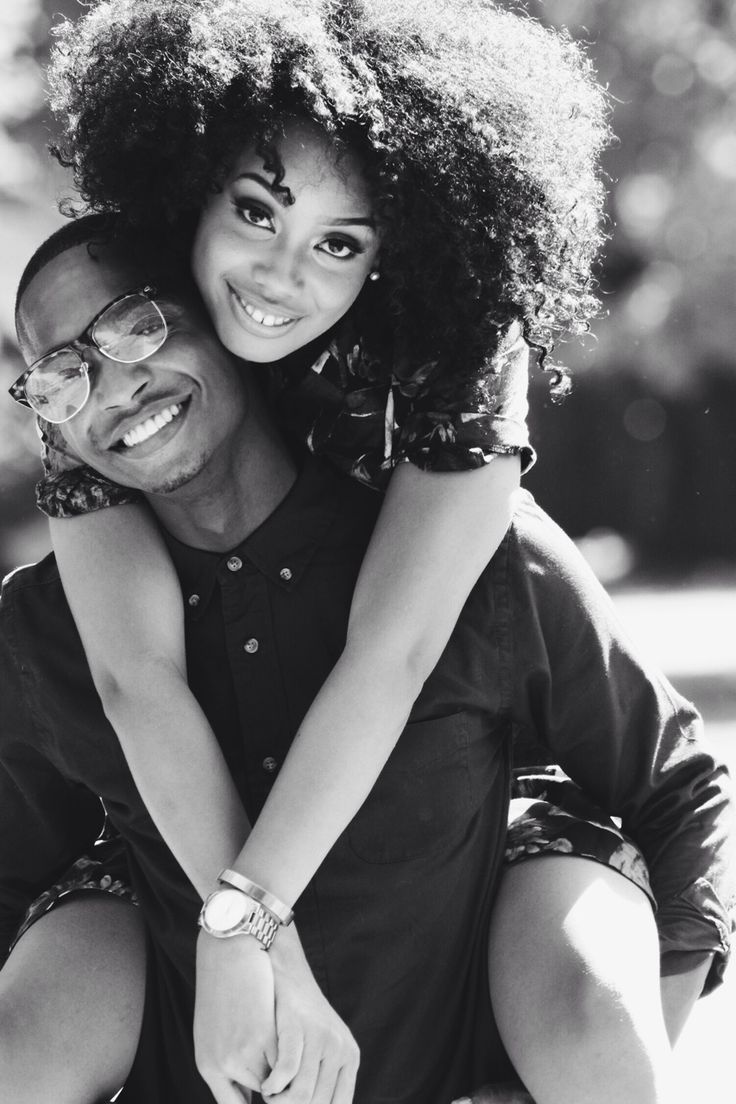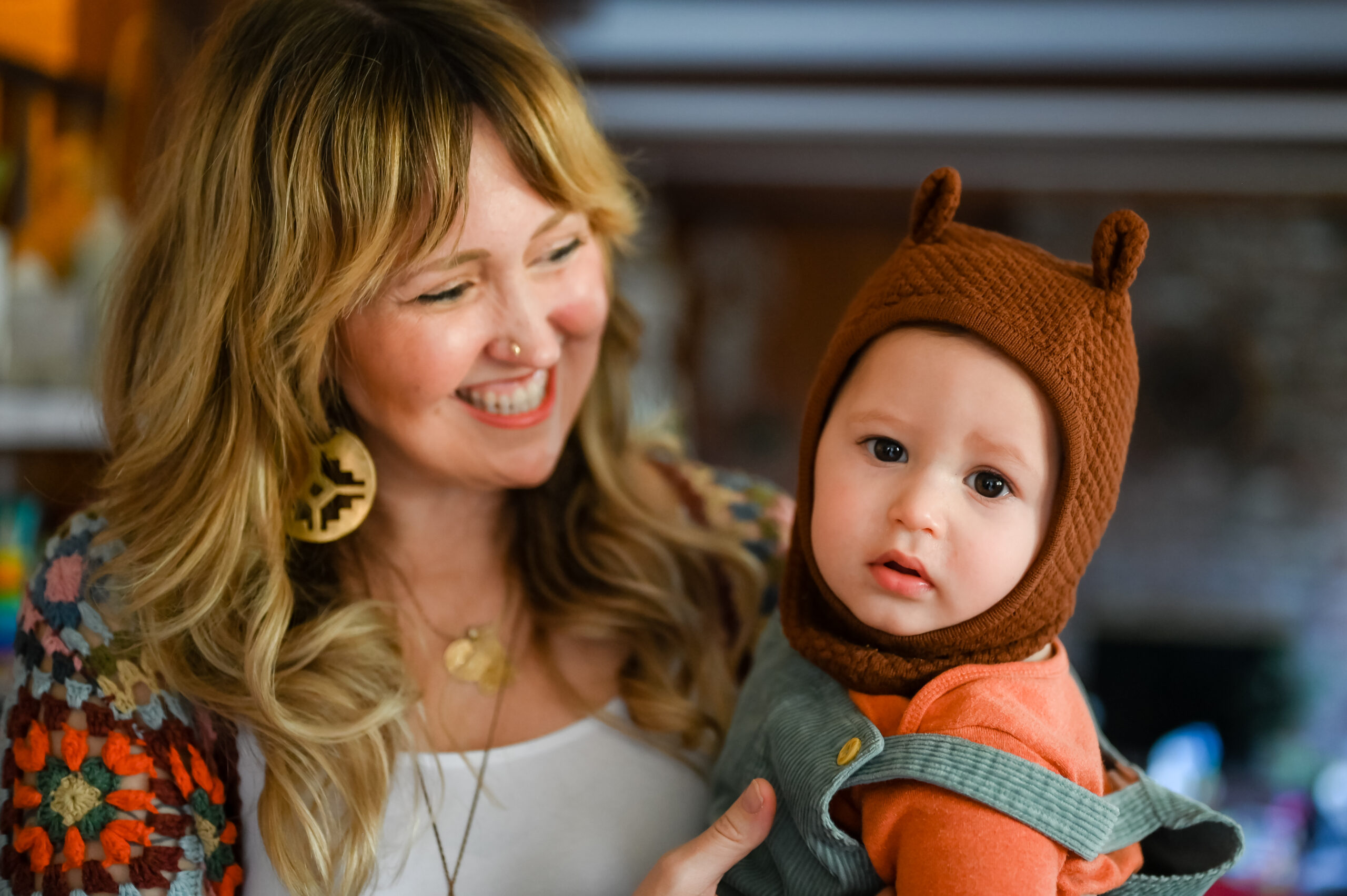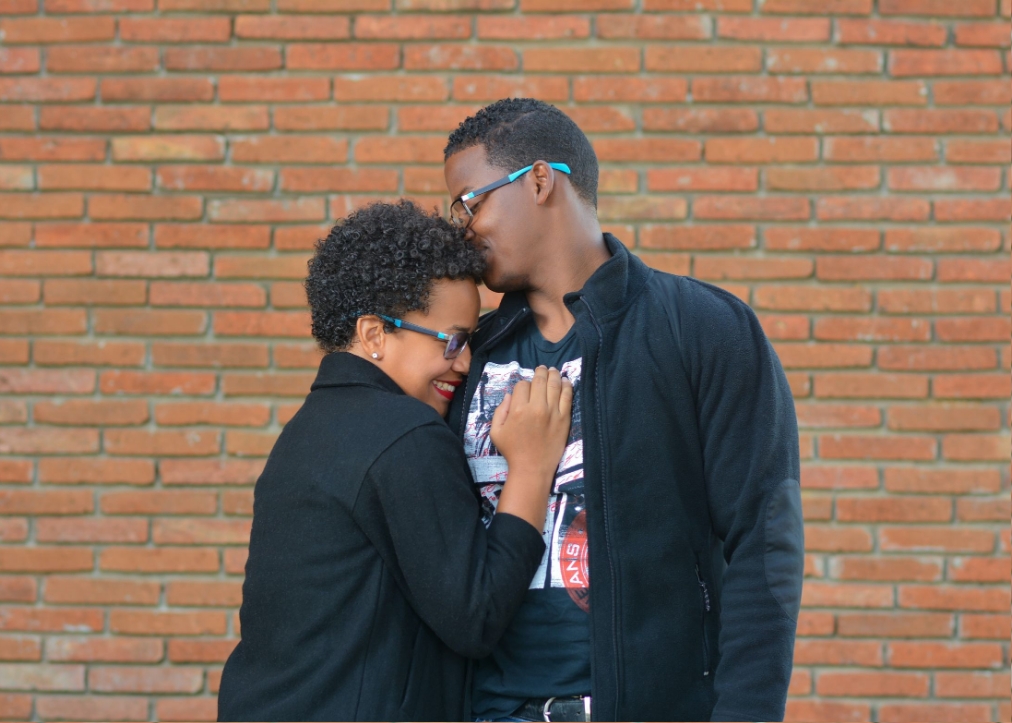
Knowing and recognizing your own as well as others’ attachment styles can be invaluable when it comes to building and maintaining healthy relationships. There are four main attachment styles — secure, unresolved, fearful-avoidant, and preoccupied — each of which people may experience for different reasons.
Secure Attachment
Securely attached people feel comfortable with emotions, have a sense of trust in their relationships, and view themselves as worthy of love and connection. These individuals have been typically shown to demonstrate secure communication by expressing their needs and wants while still being receptive to the other’s. Securely attached individuals typically regard relationships positively and are not prone to fear abandonment or feeling overly dependent on one another.
Anxious-Avoidant Attachment
The anxious-avoidant attachment is characterized by individuals who are unsure or fearful of expressing their emotions, yet still have a need for closeness. Typically, individuals with this attachment style possess high levels of anxiety and avoidance when it comes to expressing their feelings and needs to their partner out of fear that they will not be accepted by them. Individuals with anxious-avoidant attachment often demonstrate ambivalence in relationships – being both intrigued and terrified of intimacy simultaneously.
Dismissive-Avoidant Attachment
Dismissive-avoidant attachment is the second type of avoidant attachment style and involves an individual’s tendency to actively avoid intimate relationships and personal interactions. This can be attributed to the belief that intimacy will lead to feelings of vulnerability. These individuals are very independent and strive to stay as far away from intimacy as they can, both emotionally and physically. They generally tend to have fewer close relationships than those with other attachment styles.
Fearful-Avoidant Attachment
Fearful-avoidant attachment is the third type of avoidant attachment style and involves an individual’s conflicting emotions regarding closeness and intimacy. Individuals with this attachment style feel a sense of emotional push and pull when it comes to relationships; they desire closeness but fear rejection due to their internalized feelings of worthlessness and undesirability. These individuals are often aware of their problem but can struggle to assert themselves in relationships as a result. They may find themselves caught between wanting intense connections and fear of being hurt by those same connections.
Disorganized Attachment
The fourth and final attachment style is disorganized attachment. Individuals with a disorganized attachment have difficulty forming secure and consistent relationships, likely due to early life traumatic experiences or difficult family dynamics. Those with this type of attachment may be resistant to attempts at closeness, or alternatively too clingy and overly-dependent, displaying an inability to emotionally regulate themselves in response to their relationship partners. Often feeling scared and uncertain in close relationships, these individuals are often quick to withdraw from them without providing any explanation for why.
For more support with your attachment style, see our resources page.






